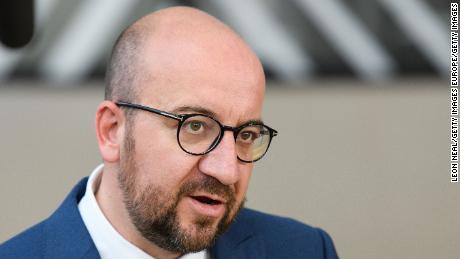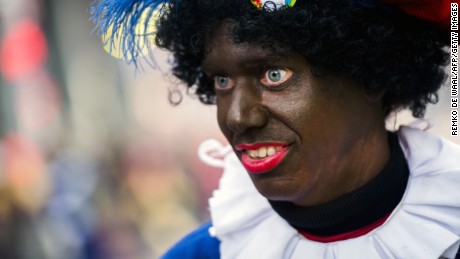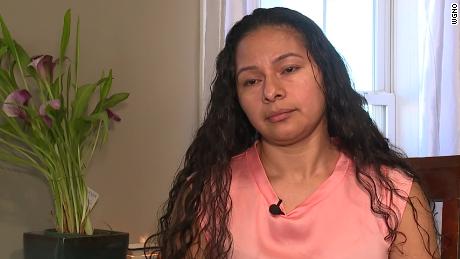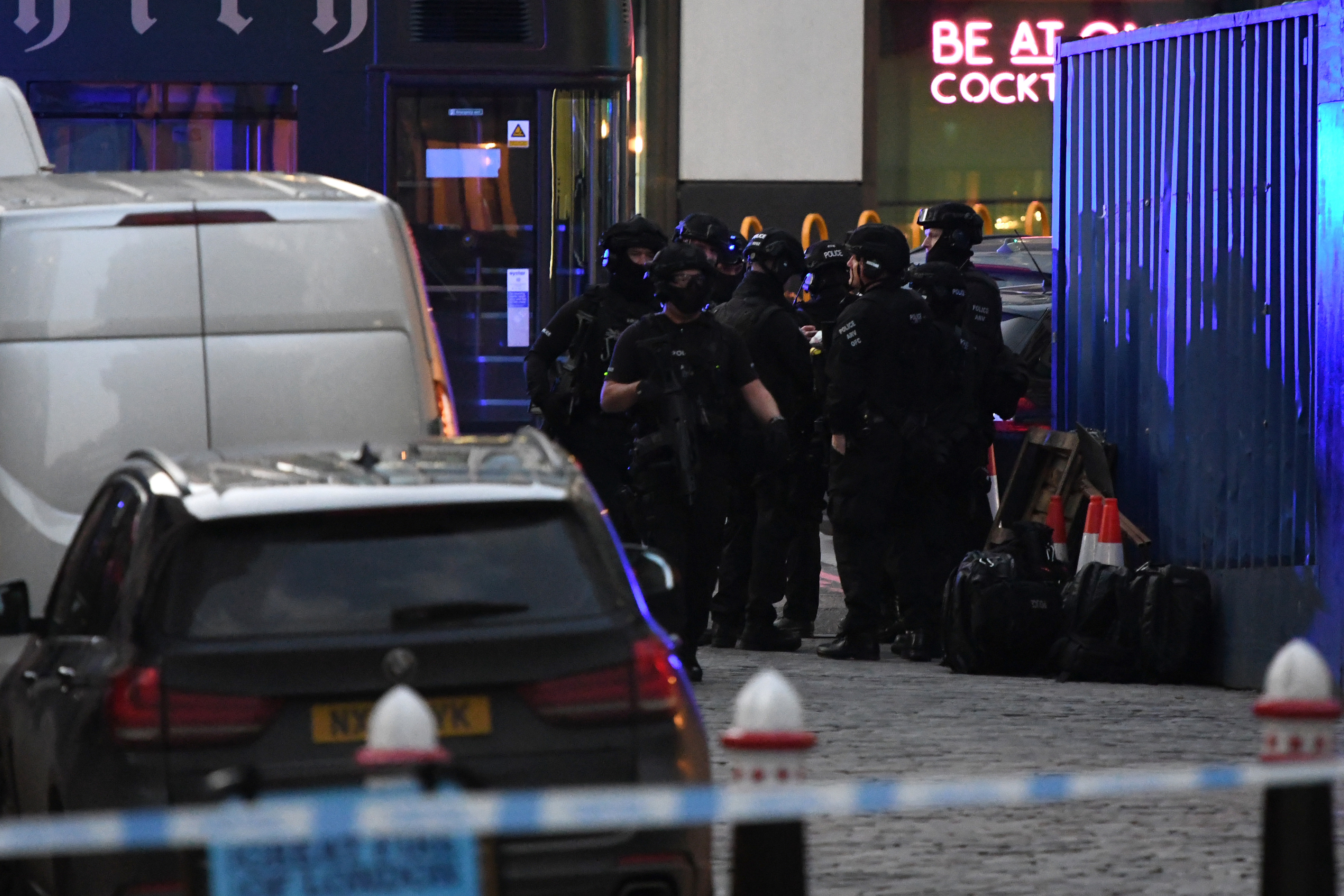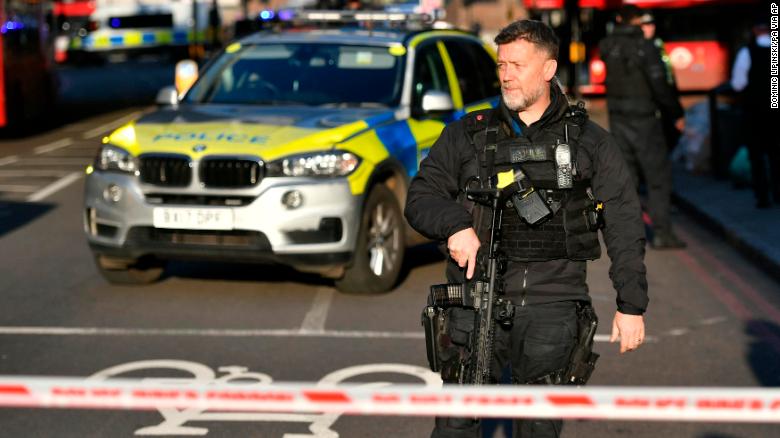Deisi didn’t speak English. She had no money, no cellphone and not even a watch to check how much longer she’d have to wait. Her only possessions were the few clothes inside her black duffel bag and a manila envelope with documents.
It was her 18th birthday.
A white van had dropped her and two other Central American teens at the Harlingen, Texas bus station that day after she was released from a shelter for migrant children near the US-Mexico border.
A few months earlier, Deisi and her wheelchair-bound father had arrived in Texas after making a long journey north from their native Guatemala. The two were separated at the border, and Deisi joined the thousands of other immigrant children who have been taken from their parents after entering the US and thrust into adulthood without safety nets.
After that her father was released from detention and went north to suburban Chicago, where he has relatives.
Now she was on her way to join him.
Wearing a blue T-shirt and a pink hoodie she was given at the shelter, Deisi sat in the mostly empty station with nothing to do but watch the ’90s music videos that flashed on a small TV atop a nearby vending machine.
Four hours later, she boarded a bus — the first of four she would need to ride on this journey. Surrounded by strangers, Deisi feared she wouldn’t be able to reach Chicago to find her father.
She was on her own in a strange country, and she had no clue what would happen next.
She wants to help her dad walk again
Before she left her hometown of El Jicaro, Guatemala, Deisi was living with her grandparents, finishing her junior year of high school and planning to spend the summer watching movies with her 14-year-old sister. She daydreamed about becoming a doctor.
She wasn’t sure about the idea of traveling to the United States and waited until the last minute to tell her mom, who lives elsewhere with her other siblings.
But she knew her dad, whose legs had been broken in a car accident, could get better medical care in the US, and he couldn’t travel by himself.
For four years Deisi had watched her father, Artemio Arreces Florian, struggling to fully heal. He underwent a series of surgeries in Guatemala but did not regain much mobility, and his pain would not go away.
While her father mostly uses a wheelchair to move around, one of his legs is strong enough that he’s able to use a walker to travel a few feet. But he has a heavy limp, and his face reflects the strain on his body.
“I know we all came looking for a better future,” Deisi told CNN. “Personally, I left Guatemala because I want to help my dad walk again.”
In May, the father and daughter left Guatemala and crossed into Mexico with a couple of backpacks, a walker and a wheelchair.
They rode regional buses and traveled in Ubers. Sometimes Deisi had to walk for miles, pushing her dad’s wheelchair and carrying his walker. They slept in warehouses and ate beans and rice as they made the trip north.
On June 2, they crossed the Rio Grande on inflatable boats and were detained by Border Patrol agents within hours after entering South Texas.
They were brought to a chilly holding area known as a “hielera,” or “cooler,” where Deisi was separated from her father and taken to a facility for migrant minors.
Father and daughter were only allowed to wave goodbye to each other through a glass window. Deisi feared her dad could be deported, leaving her alone in the US.
“I felt very bad, and I started to cry — because we were together for the whole journey,” she told CNN.
“We knew it was neither his fault nor mine. It was immigration who decided to separate us.”
Her birthday gift: Freedom
Because Deisi was under 18, she was placed in the custody of the Office of Refugee Resettlement.
But migrant youths cannot remain in the shelters once they turn 18, according to federal law. While they wait for their immigration hearings they have only two options: get transferred to adult immigration detention, or find a sponsor — a relative or family friend — willing to take them.
About a month passed before Deisi learned that her dad had been released on bond from detention and was staying with family members in Glendale Heights, Illinois, west of Chicago.
Then came her 18th birthday.
Migrant children who turn 18 while in the custody of the Office of Refugee Resettlement are transferred to Immigration and Customs Enforcement custody, said an ICE spokeswoman.
“At that time, a new custody determination is made by ICE, taking into account the totality of the individual’s circumstance, to include flight risk, threat to the public, threat to themselves, ties to the community, and immigration court ruling,” the spokesperson said.
So on August 21, Deisi was released from a Brownsville, Texas, shelter to go live with her father and other relatives in Illinois.
But first she’d have to get there.
That day there were no candles for Deisi to blow out or a cake waiting to be cut. Her birthday gift was her freedom, but it was hard to enjoy it.
She had left Guatemala as a girl. Now she was an adult, and for the first time in her life she would have to make decisions by herself and find ways to stay safe.
She would have to travel alone, for days, across the country to find her father.
Such challenges can be daunting for young migrants, said Camila Alvarez, a managing attorney for the Central American Resource Center of Los Angeles.
“She’s a young adult, being 18 in a new country where you probably just fled violence … don’t know the language. Eighteen is not a sufficient age to be able to see for yourself like that,” she said.
Alvarez says that while social workers travel with young children after they are released from federal custody, migrants 18 and older are on their own.
“It’s planned, it’s calculated and it’s punitive because they are leaving vulnerable people without any resources and without any people they know in the United States,” Alvarez said. “Without a phone and without a way to get help. They are stuck figuring it out by themselves.”
She traveled cross-country alone, asking God to guide her
Each of the young migrants dropped off at the bus station in Harlingen that day were pre-booked on buses to destinations where they have family members. The other two 18-year-olds were headed to Atlanta and Phoenix.
At the bus station Deisi was approached by Joyce Hamilton, a volunteer with Angry Tias and Abuelas, a group that assists immigrants who recently arrived in the US.
“Feliz cumpleaños,” Hamilton, 69, a retired college reading instructor, told Deisi, offering her birthday wishes as she sat down on a bench next to her. “I’m not here to sell anything. I’m here to help you.”
Hamilton comes almost daily to the bus station with hygiene supplies, water bottles, snacks and advice for the teen migrants.
That day, Hamilton handed Deisi a map of the US and traced the journey she would take through Texas, Arkansas, Tennessee, Kentucky, Indiana and Illinois.
“We do it to make sure they know where they’re going and to give them information on their rights as immigrants,” Hamilton told CNN.
In Guatemala, Deisi did as her grandparents and her schoolteachers said. At the shelter in South Texas, she followed orders from staffers and social workers. Now, everything was up to her.
“I’m nervous because I have never traveled by myself,” Deisi told CNN after boarding the bus. “I don’t know the United States … I’m asking God to guide me, help me and allow me to arrive safely.”
Over the next three days, Deisi rode four different buses on her way to Chicago. She navigated bus stations across the country and fought her nerves by taking naps. While she mostly avoided speaking with strangers, she befriended a migrant family aboard one bus.
By the time she reached the bus station in Chicago, she had changed into a gray T-shirt and was wearing a small wooden cross around her neck.
Her dad was waiting. When she saw him, she dropped everything she was carrying and rushed to give him a hug.
“I was feeling like I was losing you, mi amor,” Arreces Florian told her, sobbing.
The two held hands the entire way home from the bus station.
She’s put her dreams on hold
Since arriving in Glendale Heights, Deisi has slept in the basement of a house she shares with her uncle and his family, her dad, her dad’s wife and her 9-year-old stepsister. The basement is almost as big as Deisi’s room at her grandparent’s house in Guatemala.
She got a job serving ice cream and making aguas frescas at a Mexican restaurant near her uncle’s home. She is excited that she could be waiting tables soon, she says. She saved her tips and bought a cellphone, which she uses to send selfies to her friends and call her sister in Guatemala.
“I just love her and need her so much,” she said.
But Deisi’s dreams of becoming a doctor or finishing high school are on hold. Her priority, she says, is making enough money to rent an apartment for her and her father.
Her dad has not been able to work full-time due to his lack of mobility, so Deisi has become the main breadwinner for the two of them. He has gotten some medications to alleviate the chronic pain in his legs but is still looking for a doctor who will reassess his wounds.
When she’s not working, Deisi spends hours joking with her dad. Sometimes she tries new nail polish on her dad’s toenails. Other days, she loads her dad’s wheelchair into an Uber and they go together to the grocery store.
“I used to say that I would never come to the US, and I often feel weird or out of place here,” she said. “But at the same time I feel at home because I have my dad.”
Still, their lives in the US are tenuous. Both Deisi and her father have court hearings next year, and neither know if they will be allowed to remain in the country. Over the past three months they’ve been periodically checking in at ICE offices.
Deisi was surprised when an ICE agent placed an electronic monitor on her ankle, restricting her from traveling outside Illinois.
“I was in shock. I asked why was I getting one but all of them spoke English and no one could tell me why,” she said. “I think they gave me one in case I got desperate and wanted to go back to Guatemala.”
At first, Deisi thought she would forget she was wearing the monitor. But she’s been turned down for jobs once employers see it, she says. And she’s afraid immigration officers will come for her if the monitor malfunctions or its battery dies.
“It’s stressful for her to live with this constant threat that she’s going to be deported,” her dad told CNN.
Deisi and her father have spent hours calling immigration attorneys, just to learn they can’t afford to pay any of them. Those who could do it pro bono so far have declined to take their cases or have a long waitlist.
So most days, Deisi puts her jacket and walks through cold, windy weather to the restaurant where she works. She’s no longer thinking about her long-term future. Instead, she’s worried about the present. And she hopes they’ll get to stay in the US so her dad can heal and the two of them can build a new life, together.
CNN’s Chris James contributed to this story.





































